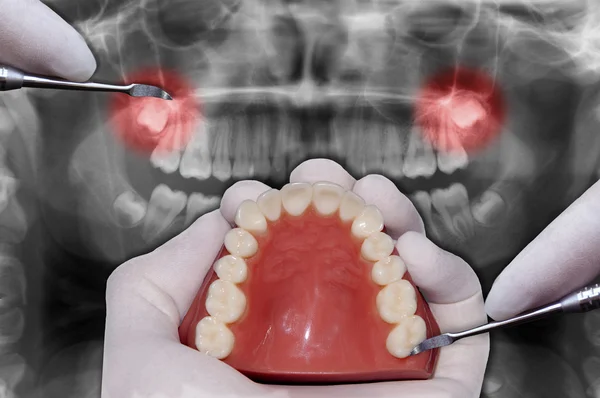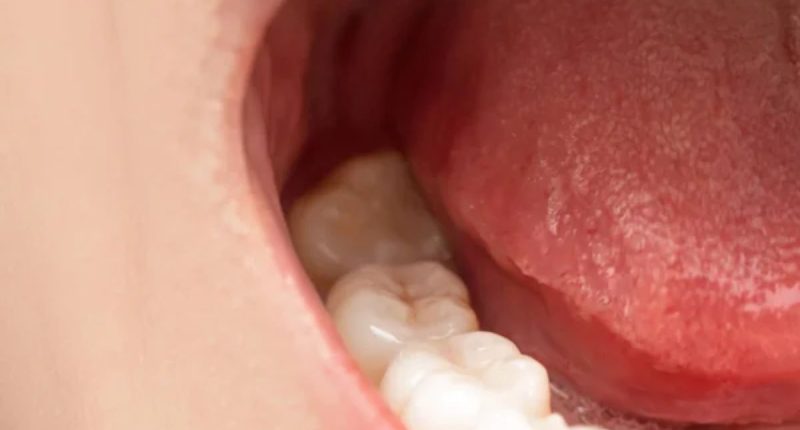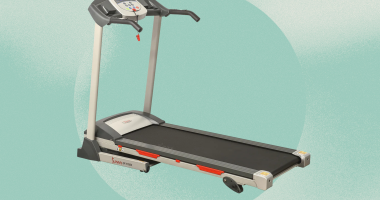Find out if everyone have to get their wisdom teeth removed. Not everyone is graced (or burdened) with these extra molars, wisdom teeth. Studies suggest that around 5-10% of people are naturally wisdom-less. Now, what Is wisdom teeth?
Wisdom teeth, also known as third molars, are the last set of adult teeth to erupt in your mouth. They typically show up in our late teens or early twenties which is between the ages of 17 and 25, making them quite the latecomers compared to their 28 other adult brethren. These molars sit proudly at the back of your mouth, one in each corner of your upper and lower jaws.
The name “wisdom teeth” holds a bit of historical charm. Back in the day, when people lived to a ripe old age, these late-blooming teeth coincided with a time of supposed increased knowledge and wisdom.
Wisdom teeth can be removed for several reasons by dentists and oral surgeons. But must everyone remove their wisdom teeth?
Does everyone have to get their wisdom teeth removed?

The answer is NO. Not everyone has to get their wisdom teeth removed. Wisdom tooth extraction is typically recommended if the teeth are impacted, causing pain, growing in crooked, or leading to other oral health issues. In some cases, dentists may also recommend preventive removal to avoid potential future problems.
Overall, around 65-85% of people eventually experience some problems with their wisdom teeth that necessitate removal. However, if your wisdom teeth are healthy, properly aligned, and not causing any issues, then removal may not be necessary.
Nevertheless, should you want to remove your wisdom teeth, the decision to remove wisdom teeth should be made in consultation with a dentist, considering individual factors and potential risks.
ALSO READ: Does Chewing Brisket Bone Make Teeth Stronger?
Why Do Humans Have Wisdom Teeth?
Humans have wisdom teeth (third molars) due to a combination of factors related to our evolutionary past and changing dietary habits:
Ancestral Necessity: Our ancestors, with their tougher diets of raw meat, nuts, and fibrous plants, needed strong jaws and powerful molars for grinding.
Wisdom teeth, as the third set of molars, provided additional chewing power and helped replace worn-down teeth throughout life, when hygiene wasn’t as advanced.
Jaw Size Shift: Over time, as humans cooked food and developed tools for easier eating, the need for such strong jaws and large teeth gradually decreased.
This resulted in our jaws shrinking in size, but our bodies continued to develop wisdom teeth, leading to a mismatch in space.
Modern Misfit: Today, many people don’t have enough space in their jaws for all their teeth, leading to wisdom teeth erupting improperly, becoming impacted (stuck), or causing various problems such as Pain and swelling, gum infections, damage to other teeth, cysts or tumors.
Vestigial Remnants: As a result of these changes, wisdom teeth are considered “vestigial” structures in humans – remnants of a trait once necessary but no longer serving the same purpose. Some individuals might benefit from their wisdom teeth erupting properly and causing no trouble, but many encounter problems due to the lack of space.
Evolutionary Future: Some studies suggest that wisdom teeth are actually becoming smaller over generations, potentially indicating a future where they might disappear altogether. Therefore, while wisdom teeth were crucial for our ancestors, their role has shifted in modern humans. They’re prone to causing problems due to our smaller jaws and changes in diet, leading many to choose removal for better oral health.
Note that understanding the evolutionary background of wisdom teeth helps us appreciate the fascinating story of human adaptation and its impact on our oral health.
What are the risks of wisdom teeth removal?
Wisdom teeth removal, while a common procedure, isn’t without potential risks. While most people experience a smooth recovery, it’s important to be aware of the possibilities before making a decision about removal. Here’s a breakdown of the key risks, adhering to your safety guidelines:
Common risks:
Discomfort and swelling: After the procedure, some pain, swelling, and bruising around the extraction site are expected. These usually subside within a few days with proper care and medication.
Bleeding: Minor bleeding is normal after the procedure, and your dentist will provide instructions on how to manage it. In rare cases, more significant bleeding might occur, requiring further attention.
Infection: Though uncommon with proper wound care, there’s a small risk of infection around the extraction site. Symptoms like worsening pain, swelling, and fever warrant immediate consultation with your dentist.
Dry socket: This painful condition occurs when the blood clot dissolves too quickly from the extraction site, exposing the bone and nerves. It usually requires further treatment by your dentist.
Less common risks:
Damage to surrounding nerves or teeth: In rare cases, the nerves or blood vessels close to the wisdom teeth can be affected during the removal, leading to numbness or tingling sensations. Damage to other teeth is also possible, though uncommon.
Jaw fracture: This is an extremely rare complication, particularly in younger patients with strong jaws.
Complications from anesthesia: Depending on the type of anesthesia used, there might be risks like nausea, vomiting, or allergic reactions.
ALSO READ: Teeth Cleaning Before and After Pictures: Benefits and Side Effects
What Is the recovery process after wisdom teeth removal?
The recovery process after wisdom teeth removal typically takes about 2 weeks. Here is a general timeline for the recovery process:
- First 24 hours: Blood clots will form.
- 2–3 days: Swelling of the mouth and cheeks should improve.
- 7 days: A dentist may remove any stitches that remain.
- 7–10 days: Jaw stiffness and soreness should go away.
- 2 weeks: Any mild bruising on the face should heal.
During the recovery period, it is common to experience a swollen mouth and cheeks, mild visible bruising, and a stiff, sore jaw, which should wear off within 7 to 10 days. Pain, an unpleasant taste in the mouth, and tingling or numbness of the face, lips, or tongue may also be experienced, although the latter is uncommon.
It’s usually recommended to take a day or two off work after the procedure, and it’s important to follow postoperative instructions to aid the recovery process. Painkillers such as paracetamol or ibuprofen can be used to reduce pain, and avoiding strenuous activities is advised.
While some people may recover after 3 days, it can take up to 2 weeks for full recovery, with most individuals being able to resume school, work, and other routines in about three to five days.
In general, it’s important to follow the specific postoperative guidelines provided by the oral surgeon to ensure a smooth and successful recovery
Sources
- NHS on Wisdom tooth removal – https://www.nhs.uk/conditions/wisdom-tooth-removal/recovery/
- American Dental Association (ADA) on wisdom teeth: https://www.ada.org/sitecore/content/ADA-Organization/ADA/MouthHealthy/home/all-topics-a-z/wisdom-teeth?sc_lang=en
- National Institute of Dental and Craniofacial Research (NIDCR) on wisdom teeth: https://clinicalstudies.info.nih.gov/ProtocolDetails.aspx?id=13-D-0033
The information in this article is backed by research findings from reliable sources and the images used are from depositphotos








